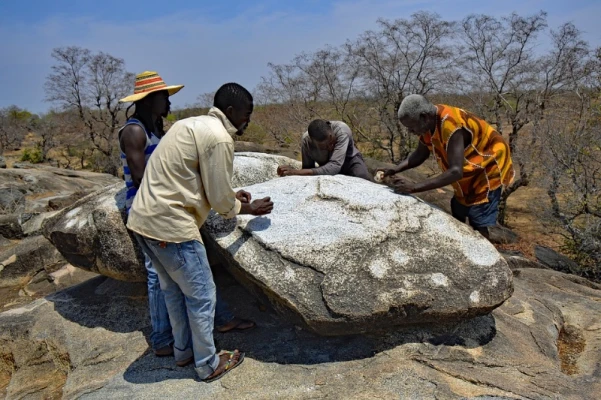Assin Manso: Unveiling the...
November 16, 2023

Located in the heart of the Upper East Region of Ghana lies the Pikworo Slave Camp, a solemn reminder of the country's tumultuous history with the transatlantic slave trade.
Founded in 1704 and operational until 1845, this historic site stands as a testament to the horrors endured by countless individuals who were forcibly uprooted from their homes and subjected to unimaginable suffering.
Located approximately 3 kilometers west of Paga in Paga Nania, Pikworo Slave Camp served as a pivotal hub in the transshipment of enslaved Africans to the coast for export to the Americas.
Initially established as a transit center, the camp was where enslaved individuals were auctioned off before embarking on a grueling journey southward to the Salaga Slave Market, a distance of about 150 kilometers. From Salaga, they would be further sold to European slave traders and eventually transported to the coast for shipment across the Atlantic.
Throughout its years of operation, Pikworo Slave Camp played a central role in the transatlantic slave trade, facilitating the buying and selling of enslaved Africans to English, French, and Dutch slave traders. The camp's grim legacy is a stark reminder of the human toll exacted by this barbaric institution, as generations of Africans were torn from their families, communities, and homelands.
Among the haunting remnants of Pikworo Slave Camp are its distinctive features, each bearing witness to the suffering endured by enslaved individuals at the hands of their captors. Notably, the camp boasts man-made scoops carved into rocks, which served as crude eating plates or bowls for the enslaved population.
The size of these scoops determined the number of individuals who would share a meal, reflecting the dehumanizing conditions faced by those held captive at the camp.
Additionally, a gash in a large rock at Pikworo Slave Camp served as a vital source of water for cooking, providing a lifeline for enslaved individuals subjected to harsh and oppressive conditions. This natural spring, though essential for survival, stands as a poignant reminder of the daily struggles faced by those held in bondage at the camp.
Today, Pikworo Slave Camp stands as a solemn memorial to the millions of Africans whose lives were forever altered by the brutality of the transatlantic slave trade. Efforts to preserve and commemorate this tragic chapter of history are ongoing, with local authorities and heritage organizations working to raise awareness and honor the memory of those who suffered within its walls.
As visitors stand amidst the remnants of Pikworo Slave Camp, they are confronted with the enduring legacy of slavery and the resilience of those who endured its horrors. Through education, remembrance, and reflection, we honor the memory of the enslaved and reaffirm our commitment to justice, equality, and human dignity for all.
November 16, 2023
June 12, 2024
February 6, 2024